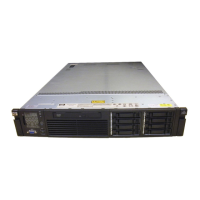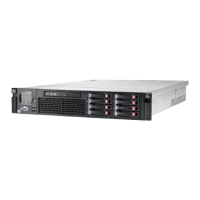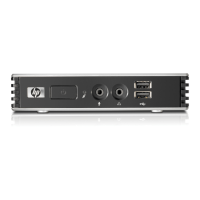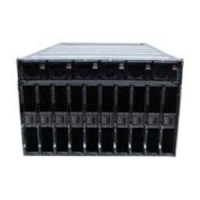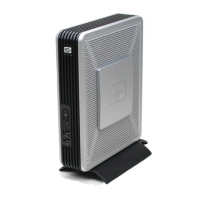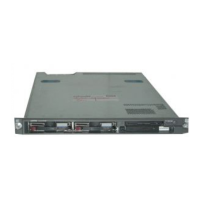Required tools
• T-10/T-15 wrench (attached to the outside of the server)
Safety considerations
Before performing service procedures, review all the safety and electrostatic discharge information.
• For information on general safety procedures, see “Safety information” (page 25).
• For information on electrostatic discharge prevention, see “Preventing electrostatic discharge”
(page 25).
Server warnings and cautions
Before installing a server, be sure that you understand the following warnings and cautions.
WARNING! To reduce the risk of electric shock or damage to the equipment:
• Do not disable the power cord grounding plug. The grounding plug is an important safety
feature.
• Plug the power cords into a grounded (earthed) electrical outlet that is easily accessible at all
times.
• Unplug the power cords from the power supplies to disconnect power to the equipment.
• Do not route the power cords where they can be walked on or pinched by items placed against
the cords. Pay particular attention to the plug, electrical outlet, and the point where the cords
extend from the server.
WARNING! To reduce the risk of personal injury from hot surfaces, allow the drives and the
internal system components to cool before touching them.
CAUTION: Do not operate the server for long periods with the access panel open or removed.
Operating the server in this manner results in improper airflow and improper cooling that can lead
to thermal damage.
Preparation procedures
To access some components and perform certain service procedures, you must perform one or
more of the following procedures:
• Extend the server from the rack (“Extending the server from the rack” (page 93)).
If you are performing service procedures in an HP, Compaq branded, Telco, or third-party
rack cabinet, you can use the locking feature of the rack rails to support the server and gain
access to internal components.
For more information about Telco rack solutions, see the HP infrastructure website (http://
h18004.www1.hp.com/products/servers/platforms/rackandpower.html).
• Power off the server (“Powering off the server” (page 94)).
If you must remove a server from a rack or a non-hot-plug component from a server, power
off the server.
• Remove the server from the rack (“Removing the server from the rack” (page 95)).
If the rack environment, cabling configuration, or the server location in the rack creates
awkward conditions, remove the server from the rack.
Extending the server from the rack
1. Pull down the quick release levers on each side of the server.
Required tools 93

